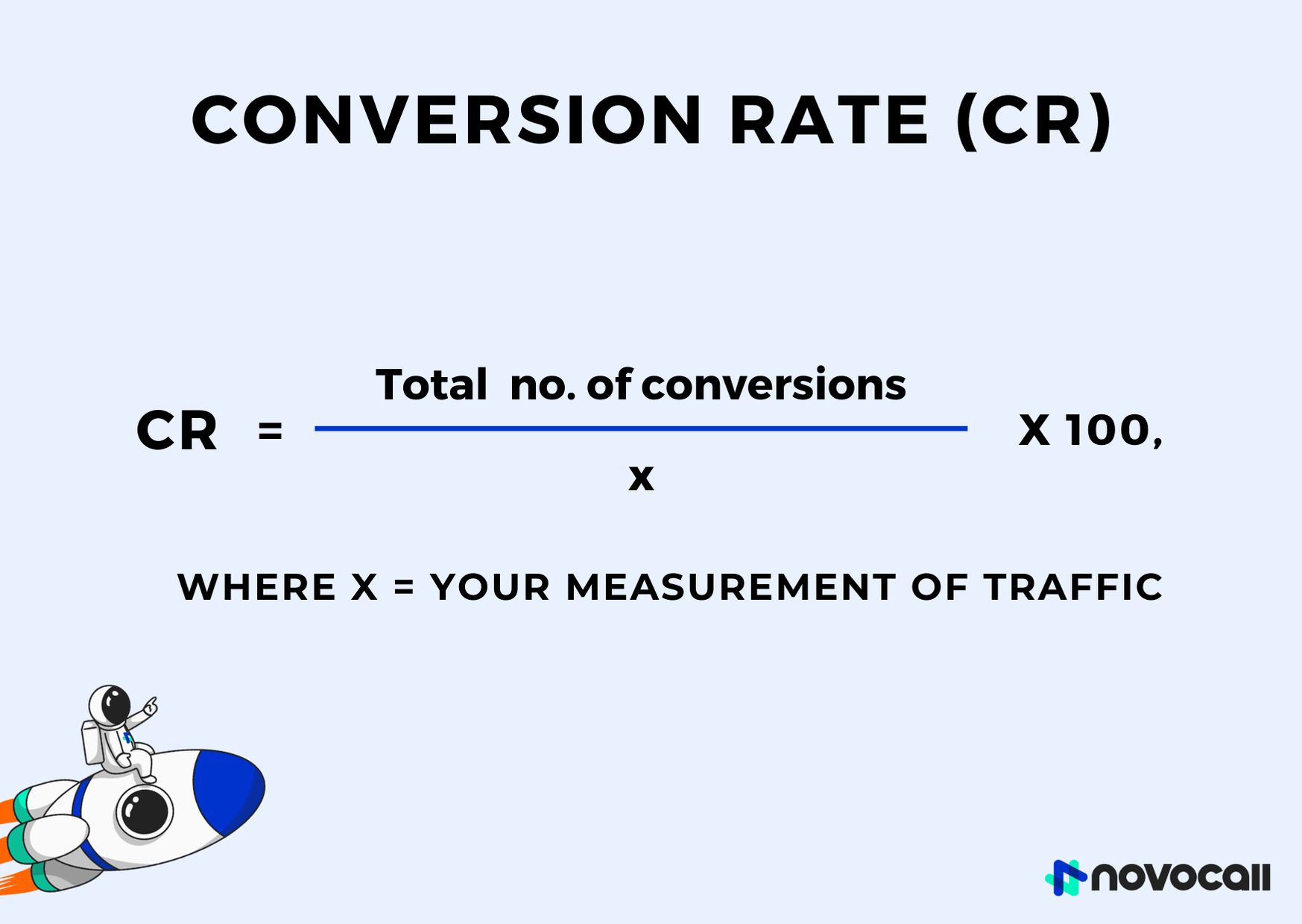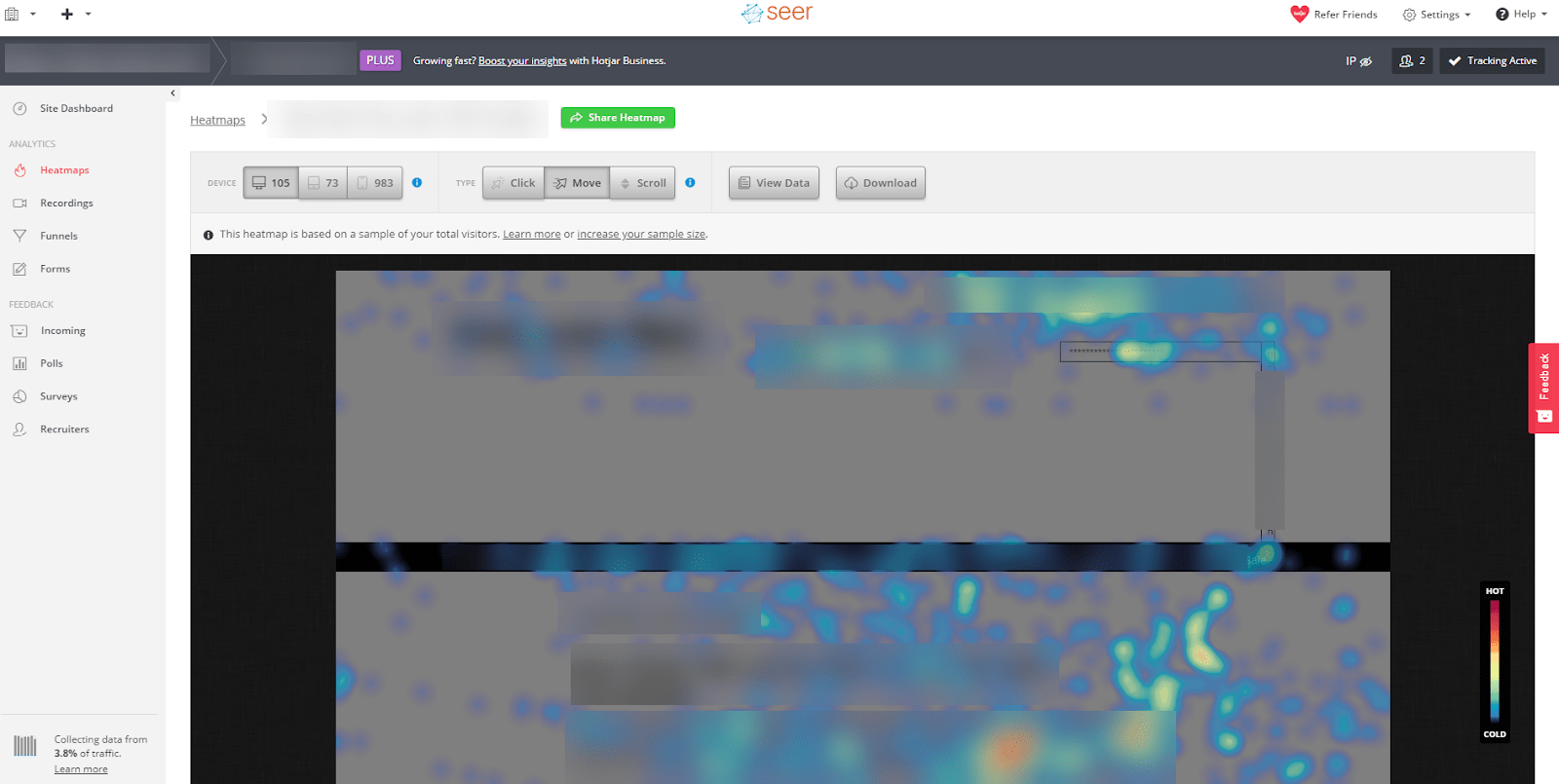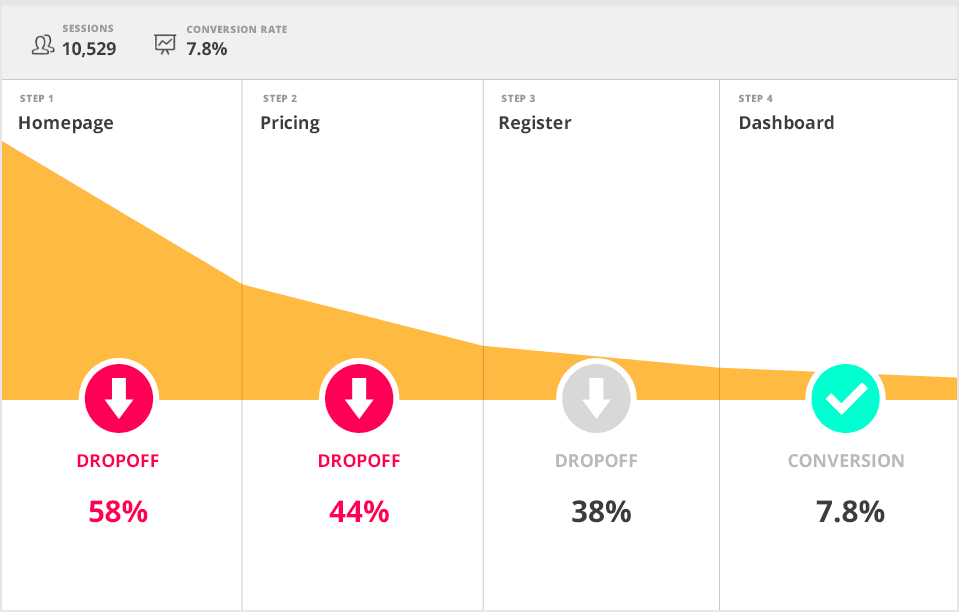

Start driving better conversations.
Novocall will be your new favorite business phone system.

Digital Marketing Executive

We aren’t lying when we say that one of the most commonly asked metrics-related questions asked this one. “Which statistic indicates how often a click has led to a conversion?”
Just ask Ahrefs’ keyword explorer tool!

To many of you out there, the answer to this question is pretty duh, isn’t it? Yet we still see many searches for this query every month. A whopping 5,200 to be exact.
And even if you do know the answer to this question (it’s conversion rate by the way), how well do you actually know this metric? 🤔 And how well do you know how to optimize it? 🤔
Well, let’s find out.
You may think that the answer to this question is quite obvious.
It just means that the percentage of leads who subscribe to your blog, right? Wait! ⛔️
Doesn’t it refer to the rate at which your lead converts into paying customers?
Well, the simple answer is that both are correct. In fact, what conversion rate means to your business depends on how your team defines what this metric means to you. Here are some examples:
While it may appear that conversion has something to do with your target audience providing your business with their contact information in exchange for something, this is not necessarily the case.
In general, conversion occurs when someone takes a desired action as defined by your company. And it can be any of the actions we stated above.
A study conducted by cloud-based advertising software company Wordstream revealed that the top 10% of Google advertisers have conversion rates of 11.45%.
Meanwhile, landing page building platform Unbounce stated that a 12% conversion rate is “pretty good” for a landing page.
But wait, ad conversions and landing page conversions aren’t the same things 🤔🤔🤔
If you’re wondering the same thing, you’re right! In general, there isn’t such a thing as a universally ‘good conversion rate’. It all depends on several factors. These include your business model, your industry, and how you define success.
In order to clearly identify a ‘good conversion rate’, you need to look at your overall business goal and select a value that helps you achieve that goal.
If there is no one way to define what conversion rate is, then is there no fixed formula to calculate it?
Well, sorta.
As we’ve already established, a lot of what conversion rate is has got to do with how you define ‘conversion’ in the first place. And by extension, the way you calculate this metric is no different.
So here’s the general formula:

Note that the method of conversion isn’t the only thing you need to define. You also need to define how you measure traffic. For example, you may define traffic as the number of unique site visitors, or the number of session counts.
Let’s take a look at a quick example.
Say like us, you are running a SaaS company.
You may define leads as people who express interest in your business by providing your business with their contact information in exchange for a piece of gated content, scheduling a call, or subscribing to a blog.
Meanwhile, you may also define traffic as the number of unique site visitors.
So, if
Total no. of conversion = 80, and
Total no. of unique site visitors = 500
Then conversion rate = (80/500) x 100 = 16%
As we’ve already established (multiple times 😅), what conversion rate means to your business depends on how your business defines conversion rate.
Perhaps you want to measure how many leads convert through your blog’s lead capture form. Perhaps you want to measure the number of leads who converted through your social media ads.
Based on how you define what conversion means to you, you will measure conversion differently.
Meanwhile, CRO tools can also be used to help you audit your CRO efforts.
Let’s take a look at how you can optimize your conversion based on a few definitions of conversion and how you can audit your attempt to optimize your conversion.

Gated content are pieces of content that generally have a higher value than your average educational articles. They require more time and effort to put together and are deemed to be able to add more value to the reader or site visitor.
And they come in several forms. E-books, white papers, detailed infographics, and research-based statistics publications.
For us, our ‘Ultimate Guides’ fall under this category. We create pop-up lead capture forms on these pieces of content for our site visitors to download them in exchange for their contact details.

The number of downloads isn’t the only metric we measure when we measure conversions that occur via your content.
In regular articles, you can get your site visitors to convert and subscribe to your blog via a conspicuous call-to-action (CTA). On our blog, our CTA is placed at the end of all our articles and designed to be very conspicuous and eye-catching.
Your copy should also tell your site visitors what’s in it for them when they subscribe to your blog. What type of content will they receive? And how will these help you and your business? Let them know.

If you want to generate more leads and drive conversions, landing pages and blogs aren’t the only things you should focus on.
Ads are a great way to convert prospects into leads. But instead of directing your prospects to a landing page before converting them into leads, why not bring the landing page right to them?
Facebook lead ads are Facebook ads that are integrated with lead capture forms. Novocall’s integration with these forms also comes with the ability to set lead qualification questions.
With this, not only can you reach out to a greater number of prospects via your ads, but you can also qualify your leads before converting them through the integrated lead forms. This in turn drives click-through rates (CTR) for your pay-per-click (PPC) ads.

Especially if you are running a B2B business, LinkedIn ads are a great way to generate leads and drive conversions.
LinkedIn ads are generally more expensive than your average social media ads. But this has its perks.
LinkedIn is a professional social networking site for business people. This means that people are on the platform for business purposes such as networking, hiring, or even generating leads. Because of the accessibility to decision-makers from large companies, you can directly target them.
This way, the leads you generate are worth more than that of other social media platforms.
Heatmap tools help track how your site visitors navigate your site. It does so by aggregating the number of clicks in particular locations, scroll patterns, and visitor drop-offs.

For instance, Hotjar’s heat map tool has a move heat map feature that allows users to track where their site visitors are hovering their mouse. This is an indicator that a particular part of your landing page or article is attracting a lot of attention but is not quite enough to drive conversion.
You can also use this feature to see if your CTA was done well enough to drive conversions.

Funnel analysis is the process in which landing pages corresponding to the various funnel stages are analyzed in order to identify areas in which leads are dropping off. In other words, it’s a way for businesses to fix their leaky sales funnels.
Funnel analysis tools help you identify the specific pages where the drop-off rates are the highest. This provides you with valuable insights that can help you identify specific pages that need fixing.
This comes without saying.
Once you have identified areas for improvement and have come up with strategies to fix them, it’s time to conduct A/B testing.
Come up with multiple versions of say your CTA and landing page copies. A/B testing helps you identify which version helps drive the most conversions.
Remember, there is no universally accepted way of measuring conversion rate.
That’s because its definition depends on how your business defines what conversion is. Is it the number of e-book downloads? Or is it the number of calls scheduled?
This definition eventually shapes the formula for calculating conversion rates too!
We hope that we’ve helped you gain a deeper understanding of what conversion rate truly is and how you can optimize it.
To receive more informative sales and marketing tips like this article, subscribe to our blog below! 👇👇👇

Nigel is a Digital Marketing Executive at Novocall where he specializes in SEO. Prior to this, he had written for several SaaS companies including Workstream and the now defunct Hatchme. In his free time, he engages in strength training and is a lover of languages.
Discover more
Subscribe to our blog
Get insights & actionable advice read by thousands of professionals every week.

